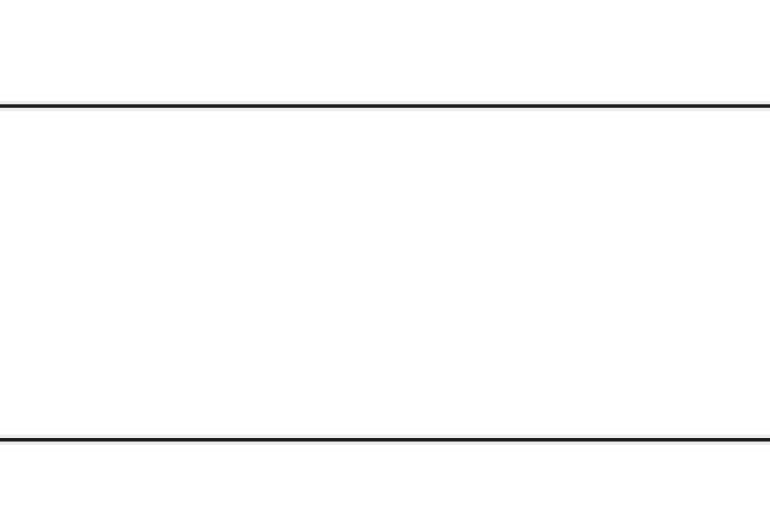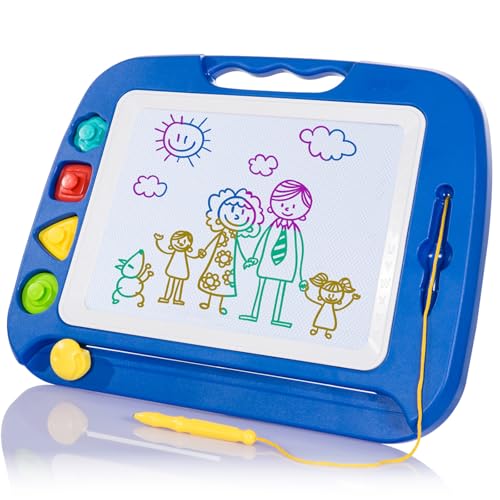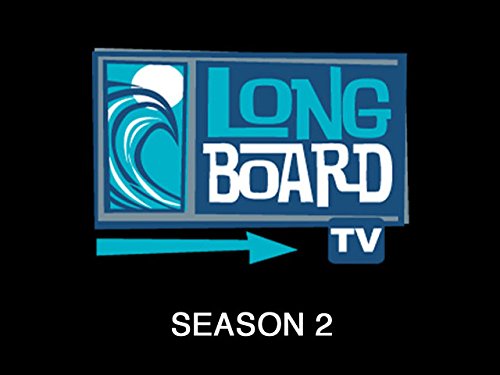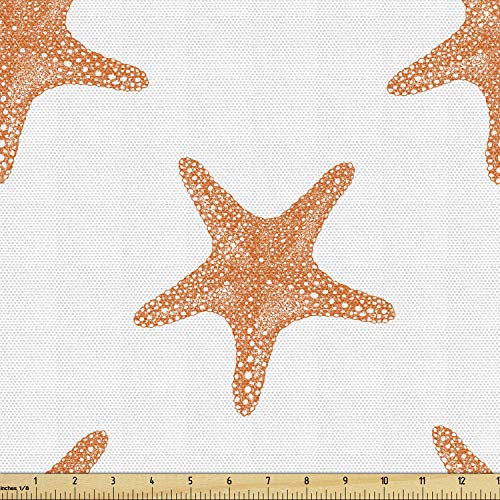Drawing a rectangle is simple and fun. Anyone can learn it quickly.
Rectangles are everywhere in our daily life. They make up the shapes of books, screens, and rooms. Learning to draw a rectangle is a basic skill in art and geometry. This guide will show you easy steps to draw perfect rectangles.
Whether you are a beginner or just refreshing your skills, you will find this helpful. Let’s start with the basics and build your confidence in drawing rectangles.
Introduction To Drawing Rectangles
Learning to draw a rectangle is a fundamental skill in art. It helps you create more complex shapes and designs. Rectangles are everywhere, from buildings to books. Mastering this basic shape will improve your overall drawing skills.
Importance Of Basic Shapes
Understanding basic shapes is crucial in drawing. Rectangles form the building blocks of many objects. By mastering rectangles, you can draw tables, doors, and many everyday items. Basic shapes also help you understand proportion and perspective. This knowledge allows you to create realistic and accurate drawings.
Tools Needed
To draw a perfect rectangle, you need some simple tools. Here is a list of essential items:
- Pencil: A sharp pencil gives you clean lines.
- Eraser: It helps you correct mistakes easily.
- Ruler: A ruler ensures straight and accurate lines.
- Paper: Use good quality paper for better results.
With these tools, you can start drawing rectangles with ease. Practice regularly to improve your skills.
| Tool | Purpose |
|---|---|
| Pencil | Creating clean lines |
| Eraser | Correcting mistakes |
| Ruler | Ensuring straight lines |
| Paper | Providing a drawing surface |
Choosing The Right Tools
Drawing a perfect rectangle requires the right tools. Without them, the task becomes difficult. Quality tools help you draw clean lines and sharp angles. Here, we discuss the best tools for this job.
Pencils And Paper
Start with a good pencil. A standard HB pencil works well. It provides a balance between hard and soft lead. This makes it easier to erase mistakes.
Next, choose the right paper. Use smooth, heavy paper. It holds pencil marks well and resists tearing. Avoid thin paper, as it may wrinkle or tear.
Using A Ruler
A ruler is essential for straight lines. A clear plastic ruler works best. It allows you to see your marks and align them accurately.
Place the ruler on your paper. Hold it firmly with one hand. Draw your line with the other hand. This ensures a straight, even line.
For perfect rectangles, measure each side carefully. Double-check your measurements. Consistent lengths on opposite sides make a perfect rectangle.
Setting Up Your Workspace
Before drawing a rectangle, setting up your workspace is essential. A well-prepared area helps you focus and creates better results. Let’s dive into how you can set up your workspace effectively.
Finding A Comfortable Spot
First, find a comfortable spot to work. Choose a location with good lighting. Natural light is best, but a bright lamp can work too. Ensure you have enough space to move your arms freely.
Sit in a chair that supports your back. A good chair helps you stay comfortable for longer periods. Avoid working on the floor or a bed. These places can strain your body. A sturdy table or desk is ideal.
Organizing Your Supplies
Next, organize your supplies. Gather all the tools you need. You will need paper, pencils, a ruler, and an eraser. Keep them within easy reach. This way, you do not have to search for items while drawing.
Sharpen your pencils before you start. A sharp pencil makes cleaner lines. Arrange your supplies neatly on your workspace. A tidy area helps you stay focused and productive. With everything in place, you are ready to draw a perfect rectangle.

Credit: www.youtube.com
Drawing The First Line
Creating a rectangle starts with drawing the first line. This step is crucial. A good first line sets the foundation for the rest of the shape. Let’s break down this step into smaller, easy-to-follow parts.
Starting With A Straight Edge
Begin by choosing a tool for drawing. A ruler is a perfect choice. Place the ruler on your paper. Align it where you want the first line to be. Hold the ruler firmly to keep it steady. Use a pencil to draw along the edge of the ruler. This ensures the line is straight.
Maintaining Consistency
Consistency is key in drawing. Make sure your line is smooth. Avoid lifting the pencil too early. Draw the line in one continuous motion. This helps in maintaining the same thickness. It also makes the line look neat.
Check the line after drawing. It should be straight and even. If not, erase and try again. A good first line makes the next steps easier. Practice this a few times to get it right.
Completing The Rectangle
Completing a rectangle is an essential step in various art and design projects. Whether you are working on a school assignment or a professional design, understanding how to connect the lines and ensure right angles is crucial. Let’s dive into the steps to complete a rectangle seamlessly.
Connecting The Lines
To complete your rectangle, start by connecting the lines you have drawn. Use a ruler for precise and straight lines. Here’s a simple guide:
- Identify the four points of your rectangle.
- Use a ruler to draw a line between two adjacent points.
- Repeat the process for the remaining points.
Make sure the lines are straight and meet at the points. This step ensures your rectangle looks neat and professional.
Ensuring Right Angles
Ensuring right angles is vital for a proper rectangle. Each corner of your rectangle should be 90 degrees. Here are some tips:
- Use a protractor to measure each angle.
- Adjust the lines if the angle is not 90 degrees.
- A set square can also help maintain right angles.
Double-check each corner to make sure they are all right angles. This ensures your rectangle is geometrically accurate.

Credit: stackoverflow.com
Adding Details And Variations
Adding details and variations to a rectangle can make your drawings more interesting. Simple changes can transform a basic shape into a unique piece of art. This section will explore a few creative techniques to enhance your rectangles.
Creating 3d Effects
Creating a 3D effect can give your rectangle depth. Start by drawing a regular rectangle. Next, draw a smaller rectangle inside it, slightly offset to the bottom right. Connect the corners of both rectangles with straight lines. This creates the illusion of a 3D box. Shading one side darker than the others can add more depth.
Experimenting With Sizes
Experimenting with sizes can change the look of your rectangle. Try drawing rectangles of different sizes on the same page. Place them in various positions. This can create an interesting pattern. You can also overlap different rectangles. This technique adds complexity to your drawing.
Using these simple techniques, you can enhance your rectangles. Practice these methods to improve your drawing skills. Your simple rectangles will become more engaging and dynamic.
Practice And Patience
Drawing a perfect rectangle takes time. Practice and patience are key. Every artist starts with basic shapes. The rectangle is a good place to begin. Consistent practice helps you improve.
Don’t rush. Enjoy the process. Patience is essential for learning. Mistakes help you grow. Keep trying and you will see progress.
Improving Your Technique
Focus on straight lines. Use a ruler if needed. Draw lightly first. This allows for easy corrections. Check your angles. Ensure they are 90 degrees. Practice makes your lines smoother. Your rectangles will become more accurate.
Experiment with different sizes. Small and large rectangles help you learn. Try drawing with different tools. Pencils, pens, and markers offer unique experiences.
Learning From Mistakes
Mistakes are part of the process. Review your work. Identify what went wrong. Maybe a line is crooked. Perhaps the angles are off. Correct these issues in your next attempt.
Keep a sketchbook. Track your progress. Note your mistakes. Learn from them. Over time, you will see improvement. Each mistake is a lesson. Embrace them and keep practicing.

Credit: www.youtube.com
Frequently Asked Questions
What Tools Do I Need To Draw A Rectangle?
You need a pencil, ruler, and paper. Optional: eraser.
How Do I Start Drawing A Rectangle?
Draw two parallel lines of the same length. Then connect them with two shorter lines.
Can I Draw A Rectangle Without A Ruler?
Yes, but it might be less accurate. Use steady hands to draw straight lines.
How Do I Make Sure My Rectangle Is Even?
Measure each side with a ruler. Ensure opposite sides are equal in length.
Conclusion
Drawing a rectangle is simple and fun. Follow the steps carefully. You only need a few tools: a ruler, pencil, and paper. Start with one side, then draw the opposite side. Connect the ends to form the other sides. Practice makes perfect.
Soon, you will draw rectangles easily. Keep practicing and enjoy your progress. Share your drawings with friends. Happy drawing!














